AR and VR: what are the differences?
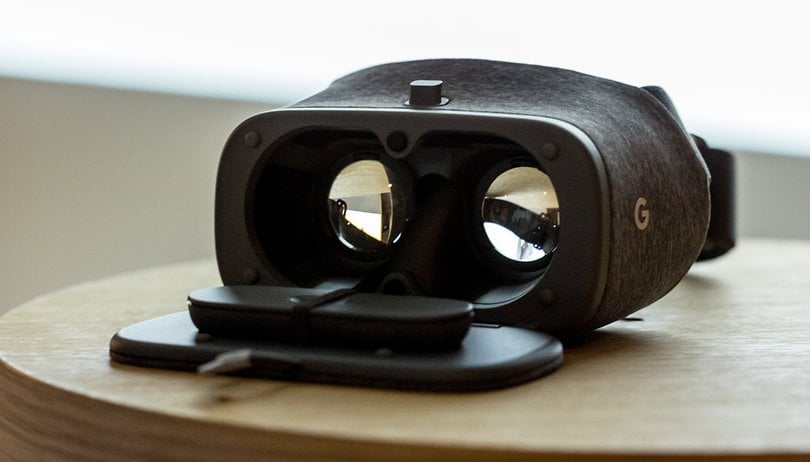

While there is little doubt that we are living in reality, technology companies like Google or Facebook want to carry us off to completely new worlds. Naturally, we’re talking about Augmented Reality and Virtual Reality. What do these concepts really mean, and why are they so relevant to our smartphones?
What is the difference between Augmented Reality and Virtual Reality?
Augmented Reality (AR): Prominent examples are heads-up displays that show information in the user’s field of vision, or apps that add objects to the image shown by the smartphone’s camera.
Virtual Reality (VR): The user’s field of vision is completely sealed up, and the display represents a completely new environment that takes the user into foreign worlds.
What are the areas of application for AR?
Google is keeping its irons hot in the fires for both concepts: Google Tango is the Augmented Reality project, which was first commercially used in the Lenovo Phab 2 Pro. Tango relies on several sensors and special cameras, which can measure their surroundings very precisely. Thus, a Tango smartphone is able to see not only a two-dimensional image, but it can also calculate a three-dimensional map of the environment. It can also recognize flat areas on tables and let balls roll on them or show additional information for exhibits in a museum.
This video demonstrates what AR and Google Tango can do. Honestly, neither words nor pictures can adequately demonstrate these effects.
The appeal of Augmented Reality is not just its entertainment value. AR applications help you to learn more about your surroundings. Embedded, context-sensitive information will quickly prove itself useful. AR requires special sensors for Tango precision, but simple image recognition is sometimes sufficient to accomplish important functions. Google demonstrates this, for example, with the translator, which can translate specific foreign characters directly in the viewfinder of the camera – then, you don’t see the illegible foreign letters, but the translated text instead.
For a long time, Sony has integrated AR functions into its camera app, so that you can use an Xperia smartphone, for example, to bring dinosaurs back to life. The White House, as another example, can be explored if you have a dollar bill and the 1600 app from the White House Historical Association.
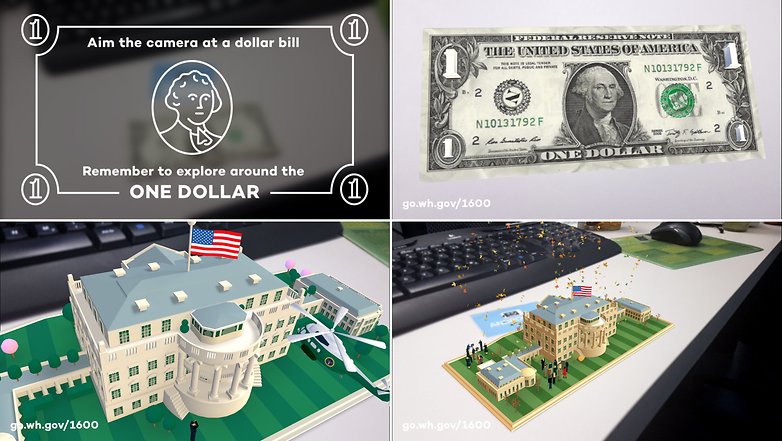
Virtual Reality: sealed off in new worlds
Virtual Reality, however, is not so much about animated image demonstrations. Rather, the user is completely immersed in the virtual world and can't see the real world around them. The VR effect is based on the fact that one is completely carried away into an imaginary world. VR headsets ensure that both eyes have their own image, and the brain converts this information into a spatial perception. So we perceive the Virtual Reality as if it were life-size.
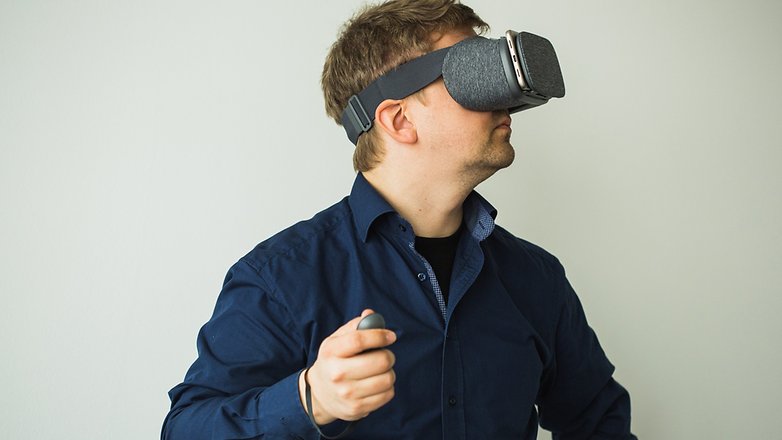
Early on, Google had already committed itself to Virtual Reality in the mobile sector. Google Cardboard was the attempt to push VR headsets into the mainstream, which has actually worked a bit. The quality of the display is acceptable, but the same cannot be said about the comfort of wearing the very cheap cardboard headset. Only the more expensive VR headsets can be comfortably worn for longer periods of time. With Daydream, Google goes a step further by offering a very comfortable VR headset, called Daydream View, which requires smartphones to have some features that will enable the VR experience to be as good as possible.
But the secret giant in Virtual Reality is Samsung. With its Gear VR headset and collaboration with specialists at Oculus, the company has built the most successful platform for VR applications and games. According to figures from SuperData and Unity, in 2016, Samsung had sold about 4.5 million Gear VR devices. Even though many headsets were delivered through special sales campaigns with various Samsung devices (especially the Galaxy S7), competitors like HTC Vive, Playstation VR or Daydream View are far from reaching these figures.
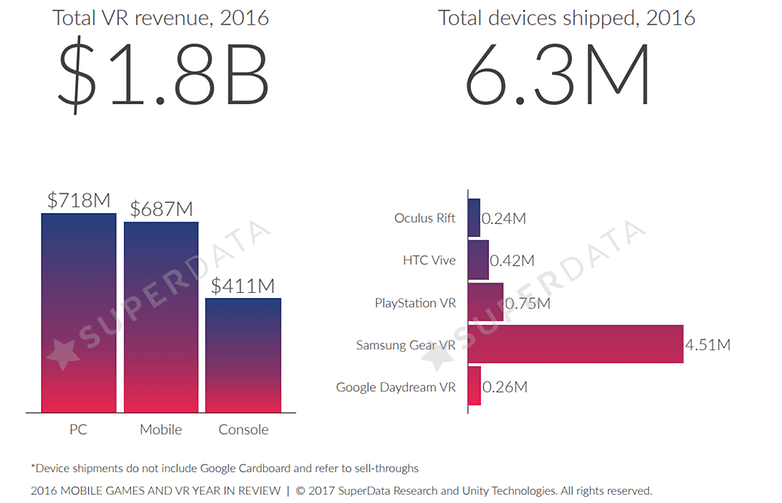
Virtual Reality has many applications – gaming is among the most popular. If you’ve ever plunged into a VR game, you know why: the surroundings are visible in all directions, so you can look around in the rooms, or in the cockpit, as if you were actually in it. Movements are often really noticeable. Admittedly, some users also have problems with it because some quickly get a headache or even become nauseous.
But it’s not just gameaholics who find what they’re looking for in Virtual Reality: holiday pictures also offer a completely different impression when they are recorded with a 360-degree camera. Samsung’s Gear 360 takes stunning panoramic pictures that allow you to experience holiday memories in a whole new way. Also, virtual hikes on mountains, such as Mount Everest, make a totally unique impression – for example, in Project360 (sponsored by an alpine outfitter).
HoloLens: Microsoft relies on Mixed Reality
The small smartphone display clearly limits AR applications. On the other hand, VR makes interaction in the space impossible, because the user does not see anything. With the HoloLens, Microsoft has developed AR glasses that go far beyond the possibilities of smartphone AR. The HoloLens can display information in the user’s field of vision – just like a heads-up display. Using gesture controls, you can interact with the holograms. These, in turn, embed themselves into the surroundings in the space (and can react to its conditions).
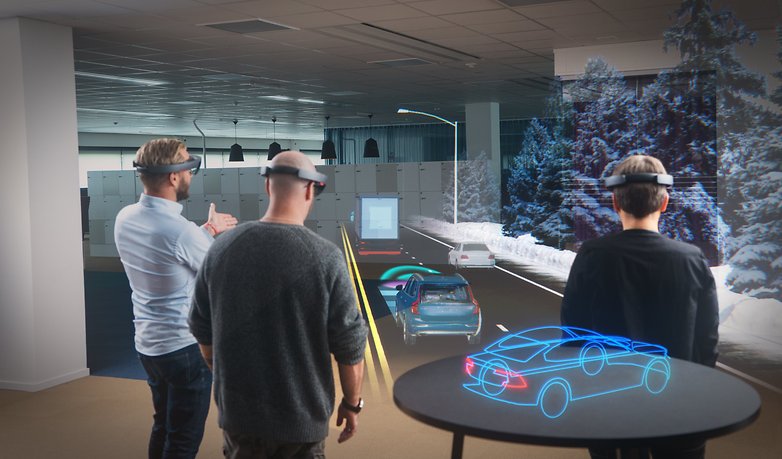
In Microsoft’s vision, HoloLens is a tool for product development and data visualization. The system is currently not considered to be for private customers, and the price speaks for itself – the HoloLens costs between $3,000 to $5,000. You can read more about the HoloLens in our review.
Conclusion
Whether Augmented Reality or Virtual Reality, both concepts clearly differ. AR lets information appear with a whole new luster, allowing for new ways to interact with museums or shops, for example. VR, on the other hand, is a rather lonely affair, because one is completely cut off from the real environment. However, this has its own appeal.
VR and AR applications will be with us in the next few years, as manufacturers are looking for features that will boost the potential of the mobile hardware. The smartphone thus becomes a window into the world, whether it is real, augmented or virtual.
What do you think would make AR and VR better? Do either excite you?










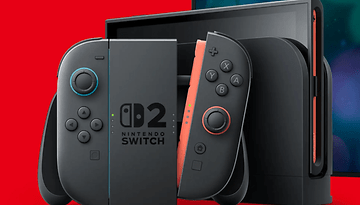









Both have fantastic potential - I've long thought even Google Glasses had much more appeal as a hands-free tech for military, law enforcement or corporate fieldwork than as consumer gewgaw. AR and VR will become important in science, medicine, art and numberless other serious applications along with any entertainment or commincations possibilities.
I did think of a unique marketing and large scale deployment problem when a US big box store recently pulled its Samsung VR demonstration stations: I would never try a headset that has been passed around the questionable hair, ears, eyes and noses of strangers in the same way as trying other devices "hands on" at a public display - simply a question of sanitation and health, that would also come up in any mass deployment in schools, government agencies or business. Somebody will have to come up with an efficient way to keep these things clean and harmless between different end-users.